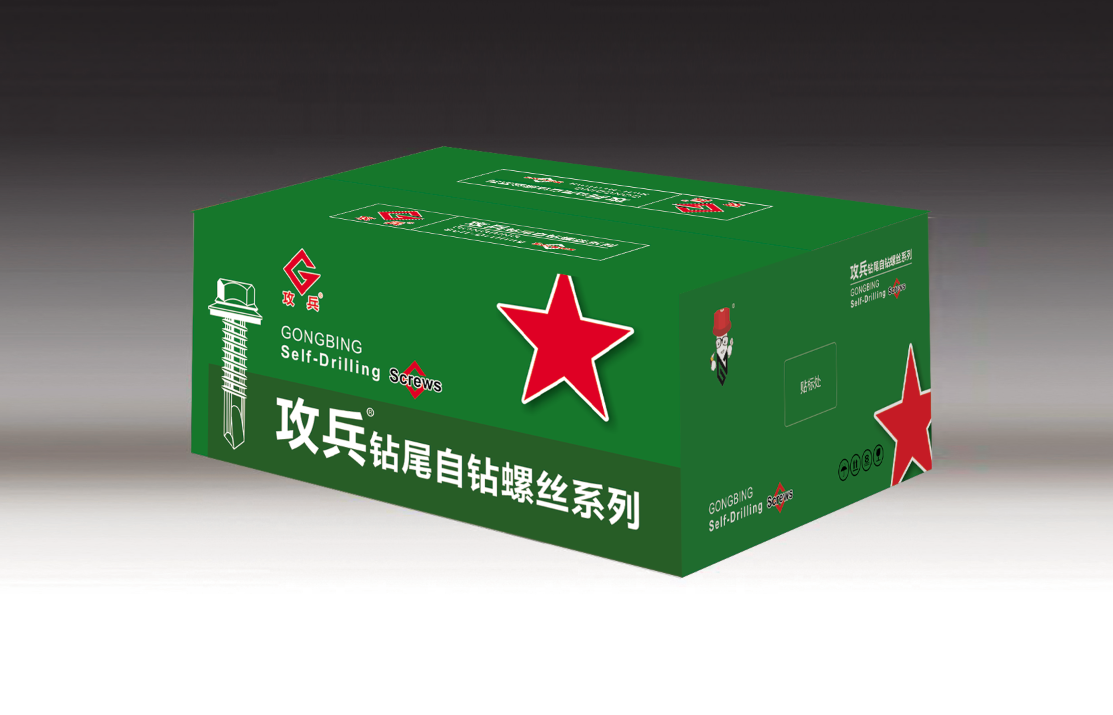Temporary Bracing Structural Steel Solutions
Temporary Bracing in Structural Steel Ensuring Stability and Safety
Temporary bracing in structural steel construction plays a critical role in maintaining the integrity and stability of structures during various stages of development. As the construction industry has evolved, the complexity of designs has increased, along with the need for effective temporary support systems. This article explores the significance, applications, and best practices associated with temporary bracing in structural steel.
Temporary bracing is primarily employed to prevent lateral movement and distortion of structural frames before they are permanently stabilized through the installation of final structural components. The importance of this system cannot be overstated; without adequate bracing, even the slightest forces from wind or construction activities can compromise a project’s structural integrity, leading to potential safety hazards and costly delays.
In many construction scenarios, particularly in high-rise buildings and complex frameworks, temporary bracing systems are ingeniously designed to adapt to varying loads and conditions. They can take various forms, including diagonal braces, shear walls, or rigid frames, depending on the specific requirements of the project. The careful selection of materials is also crucial. High-strength steel is commonly used due to its durability and ability to withstand significant loads without deformation.
temporary bracing structural steel

The application of temporary bracing involves a thorough understanding of engineering principles. Structural engineers must calculate the expected loads and determine the most effective bracing configuration. Moreover, during the erection phase, continuous monitoring and adjustments may be necessary to ensure that the bracing remains effective as the construction progresses.
Beyond structural stability, temporary bracing also enhances safety for workers on site. It provides a secure working environment, allowing laborers to operate with reduced risk of structural failure. The presence of robust bracing can also aid in the efficient conduct of construction activities, as it permits expedited assembly and reduces the likelihood of unexpected errors or accidents.
However, the implementation of temporary bracing systems requires meticulous planning and execution. Construction teams must follow industry standards and regulations to ensure compliance and safety. Regular inspections and maintenance of the bracing throughout the construction process are equally important to address any wear or damage that may occur.
In conclusion, temporary bracing in structural steel is an essential component of modern construction practices. By providing crucial support and stability, it not only safeguards structural integrity but also enhances worker safety. As the field advances, ongoing innovations in materials and engineering practices will continue to improve the efficacy of temporary bracing systems, ensuring the successful completion of complex construction projects.
-
Weatherproof Plastic Expansion Anchors for OutdoorNewsJun.06,2025
-
Sustainability in the Supply Chain: Eco-Friendly TEK Screws ProductionNewsJun.06,2025
-
Load-Bearing Capacity of External Insulation FixingsNewsJun.06,2025
-
Double Head Bolts: Enhancing Efficiency in Industrial MachineryNewsJun.06,2025
-
Corrosion Resistance in Chipboard Screws: Coatings for Wholesale DurabilityNewsJun.06,2025
-
Butterfly Toggle Bolts : Enhancing Structural ResilienceNewsJun.06,2025
